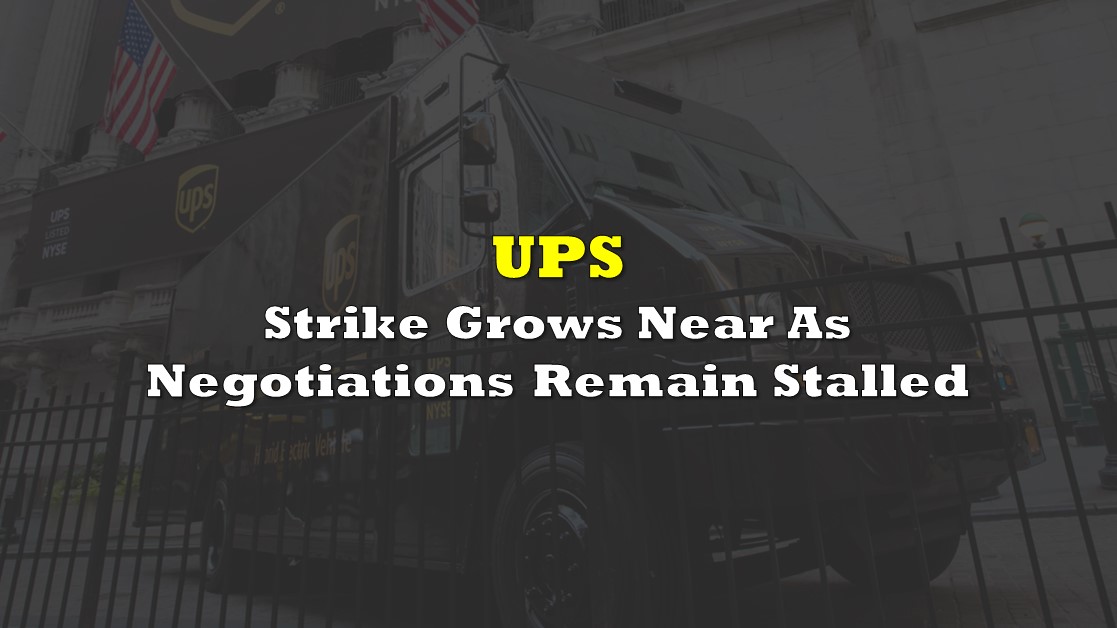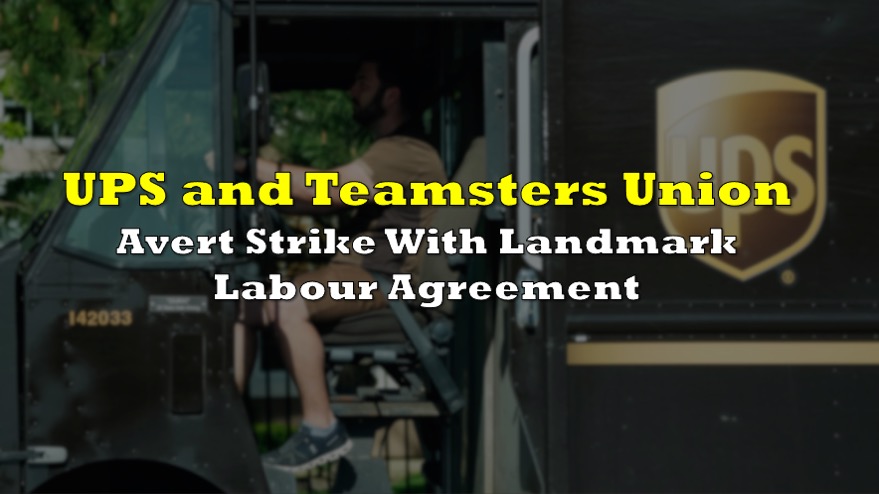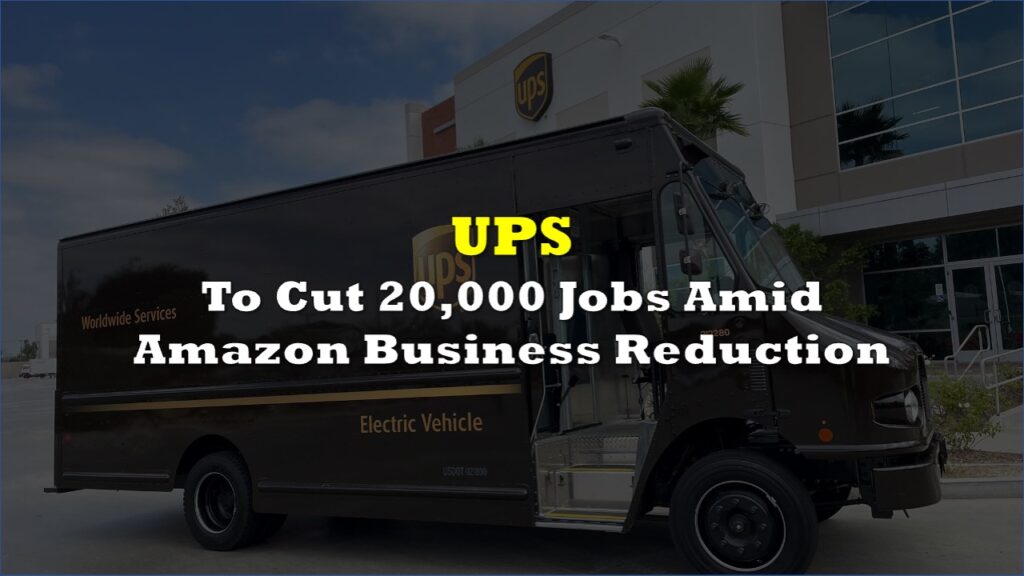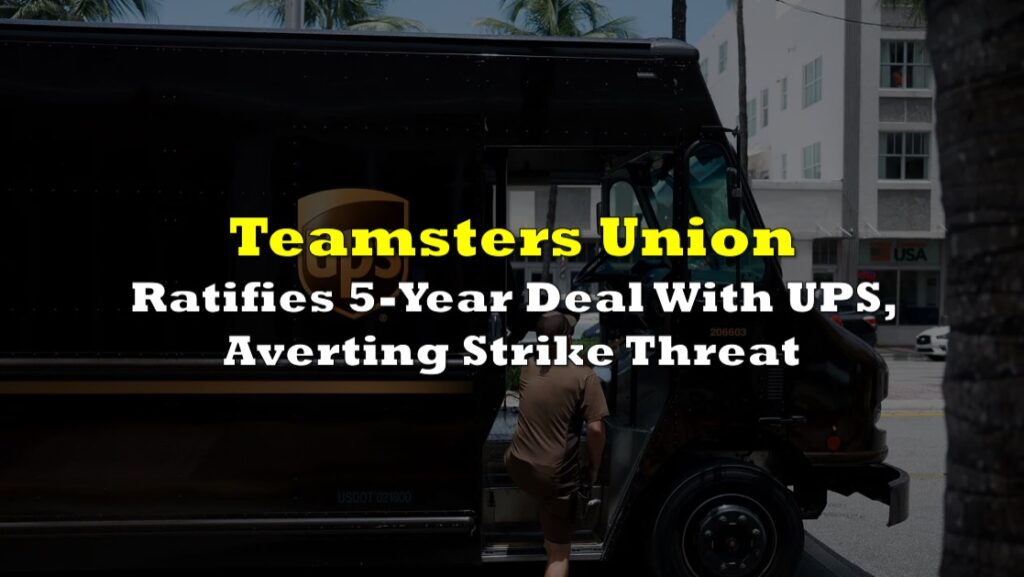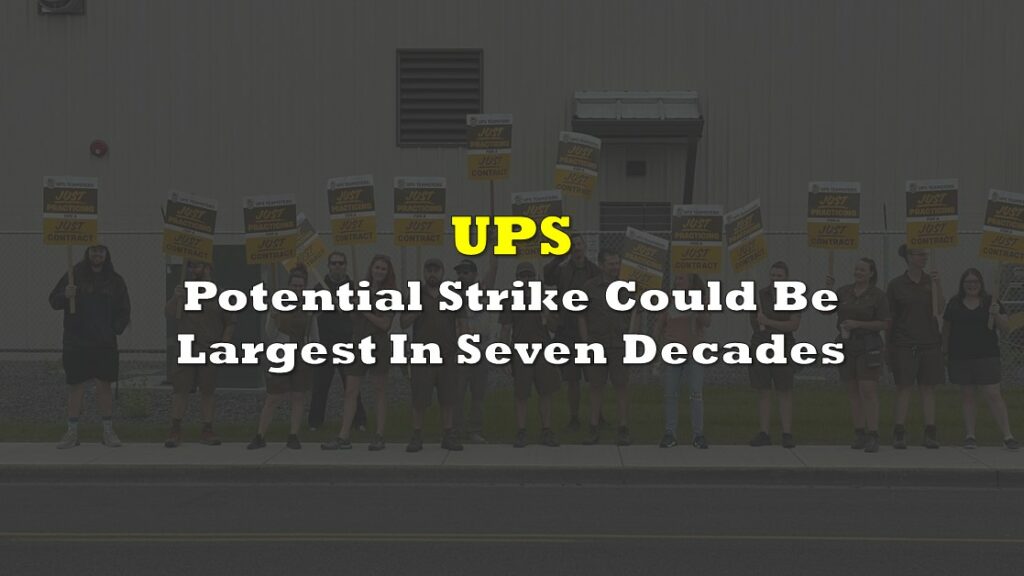What would be a crippling strike by 340,000 United Parcel Service, Inc. (NYSE: UPS) union workers remains a real possibility. The two sides have not spoken since July 5, and no talks are scheduled. Clearly, there is still time to reach an agreement by the August 1 scheduled work stoppage, but neither management nor labor leaders seem to be budging from stances based on remarks to the media.
About 97% of union members have voted to authorize a strike if warranted.
During a July 16 webcast with union members, Teamsters President Sean O’Brien was asked whether the U.S. Administration could force a labor contract on the workers. In response, Mr. O’Brien said he has asked the White House numerous times to stay away. “We don’t need anybody getting involved in this fight.”
Perhaps exacerbated by hot summer weather in many areas of the U.S., climate change and extreme heat have become hot-button issues. Drivers and warehouse employees contend they are required to work 12+ hours per day, six days a week in the heat.
Another point of contention: UPS is hiring more lower part-time drivers and gig workers. The union is asking for the starting wage for part-time workers to be raised to US$20 per hour from US$15.50.
For its part, UPS is planning to show non-union employees the ropes of package delivery routes in case a strike happens. Potentially striking Teamsters union employees make up about half of UPS’s total workforce.
The economic implications of a potential strike are enormous — and not just for UPS’s workers and shareholders. UPS estimates that it “transports more than 3% of global GDP and 6% of U.S. GDP daily.” In 2022, UPS delivered an average of 24.3 million packages per day. FedEx Corporation (NYSE: FDX), the next largest package delivery company, handles about 15 million packages daily.
It stands to reason then that a strike would be costly for everyone. The consulting firm Anderson Economics Group recently estimated that a ten-day strike would cause an economic loss of more than US$7 billion, including US$4.6 billion in losses for customers, US$1 billion in foregone worker income, and US$800 million of losses at UPS.
A UPS strike would be the largest in the U.S. since the 1950’s, and the first UPS Teamsters work stoppage since 1997 when 185,000 UPS Teamsters workers struck for 15 days. An August 1997 article in The New York Times said the action “largely crippled the world’s largest package delivery company.” Of course, the current economy is configured quite differently today than in 1997, and these differences could make the impact of a strike much more painful.
According to USA Today only about 1% of 1997 retail trade sales traced to online shopping. Today, that figure is around 15%.
United Parcel Service, Inc. last traded at US$182.74 on the NYSE.
Information for this briefing was found via UPS, Reuters, Teamsters and the sources mentioned. The author has no securities or affiliations related to this organization. Not a recommendation to buy or sell. Always do additional research and consult a professional before purchasing a security. The author holds no licenses.

